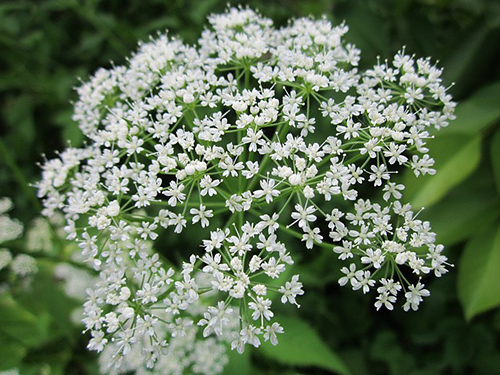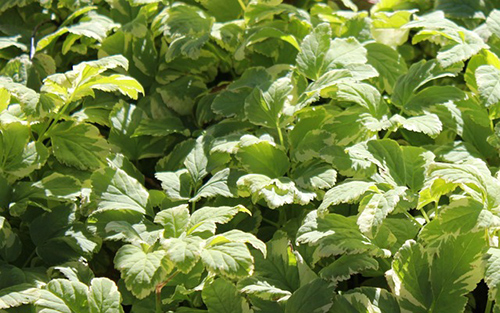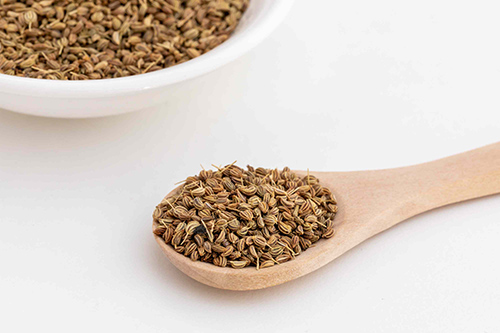Contents
Nature lovers would appreciate knowing that the radii that form the umbels of the bishop’s weed, once dry, make excellent toothpicks. Moreover, they have the advantage of a pleasant aroma.

Bishop’s Weed Scientific Facts
- Similar species: Ammi majus L.
- Other names: Spanish carrot.
- French: Herbe aux gencives.
- Spanish: Biznaga.
- Environment: It grows wild in the unfarmed and drylands of the Mediterranean region, where it is native. It has been introduced to central Europe and North America.
- Description: An annual plant of the Umbelliferae family, it can grow up to one meter high. Its flowers grow in umbels with up to 80 or 100 radii each. Ammi visnaga differs from Ammi majus in the leaves, which are less comprehensive and divided in the former.
- Parts of the plant used medicinally: The fruits.
Healing Properties and Uses

The active components of bishop’s weed, known as coumarin glycosides, are found in the fruits. All of them have antispasmodic solid properties, being thus valuable for the following cases:

- Nephritic colic (they help expel the calculi since they also have diuretic properties).
- Asthma (due to its bronchodilator properties).
- Angina pectoris (vasodilating properties), and as a rule, whenever hollow organs and systems of the body must be relaxed.
How to use Bishop’s Weed
- Infusion with 30 grams of fruits in half a liter of water. Once strained, drink three cups daily, sweetened with honey.
DISCLAIMER: All content on this website is presented solely for educational and informational objectives. Do not rely on the information provided as a replacement for advice, diagnosis, or treatment from a qualified medical expert. If you are pregnant, nursing, or have any preexisting medical concerns, talk to your doctor before using any herbal or natural medicines.
REFERENCES
- George D. Pamplona-Roger, M.D. “Encyclopedia of Medicinal Plants.” George D. Pamplona-Roger, M.D. Encyclopedia of Medicinal Plants. Ed. Francesc X. Gelabert. vols. 2 San Fernando de Henares: Editorial Safeliz, 2000. 561. Print.
- WebMD https://www.webmd.com/
- Mayo Clinic (https://www.mayoclinic.org/)
- National Center for Complementary and Integrative Health (NCCIH) https://www.nccih.nih.gov/
